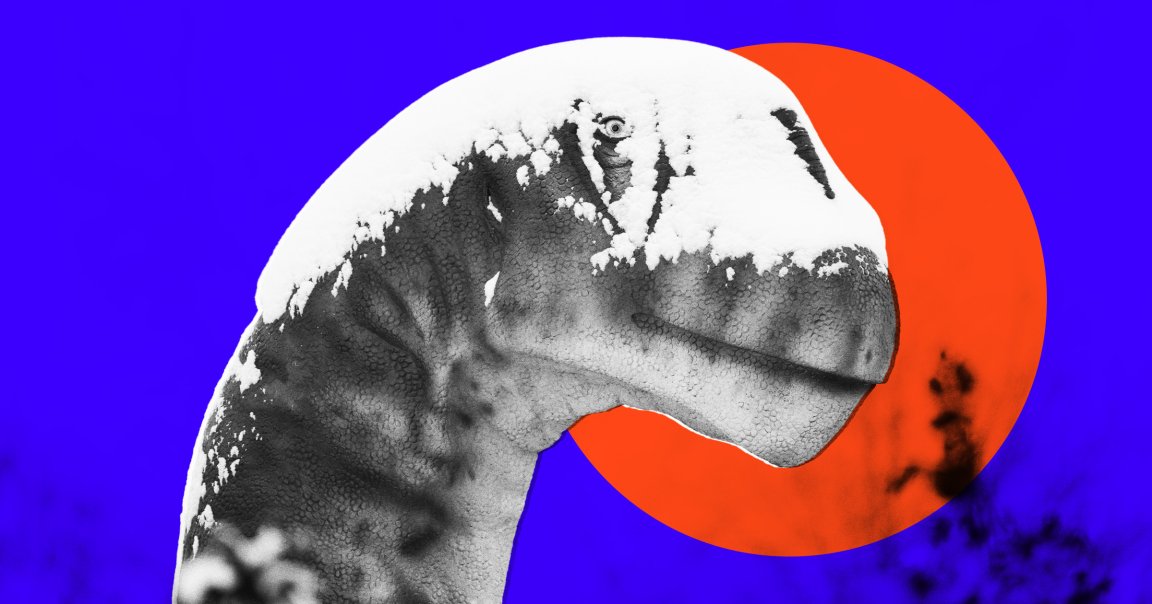
In Denver, scientists uncovered a 67.5-million-year-old dinosaur fossil deep underground — and by chance, it just so happened to be buried underneath the parking lot of a museum that houses similar specimens.
As the Denver Museum of Nature and Science explained in Catalyst, its online magazine, the ancient bone fragment was buried some 763 feet below the institution’s parking lot, making it the oldest and deepest such fossil to be discovered within city limits.
Beyond the coincidence of finding a dino bone underneath a museum of natural history, however, the way the bone was found also defies belief.
Back in January of this year, researchers began drilling underneath the museum’s parking lot to see if Earth’s subsurface temperatures could heat and cool it sustainably. This “geothermal heating,” as it’s called, uses the same principle as hot springs, making this now-experimental form of renewable energy one of the oldest in the world.
Once the two drill rigs got going, the scientists behind the project — which was carried out with a $250,000 grant from Colorado’s governor, Jared Polis — decided to see what else they could find when digging deep into the Earth’s crust.
As a paper about the incredible find in the Rocky Mountain Geology journal explains, the scientists not only discovered interesting geological samples within the 2.5-inch sample core, but also, by pure chance, the nearly 70-million-year-old partial dinosaur bone.
“It’s basically like winning the lottery and getting struck by lightning on the same day,” explained museum geology curator James Hagadorn in an interview with Catalyst. “No one could have predicted that this little square foot of land where we started drilling would actually contain a dinosaur bone beneath it!”
Naturally, it took some fine-tuned research to determine that the bone was, in fact, from a dinosaur — and even still, the researchers behind the find can’t say for sure what exact species it was or how it died. Ultimately, as explained in the Rocky Mountain Geology paper, the bone was determined to be a vertebral fragment from an ornithopod, a broad paleontological classification for bipedal, herbivorous dinosaurs from the Cretaceous period.
As the museum detailed in a press release, the find wasn’t just incredible because of the sheer chance of it all.
“This fossil comes from an era just before the mass extinction that wiped out the dinosaurs,” Hagadorn, the museum’s geology curator, explained. “This is a scientifically and historically thrilling find.”
As Rocky Mountain Geology notes, these sorts of “urban paleontological discoveries” are indeed rare — but when they do happen, they “ignite public interest in science and deepen our connection to nature.”
More on dinosaurs: Paleontologists Find Skeleton That Weirdly Looks Exactly Like Barney the Purple Dinosaur